Who is winning the Ukraine war?
Having failed to break through on the battlefield, Vladimir Putin has ‘shifted the war to Ukraine’s energy and logistics systems’ ahead of a winter assault
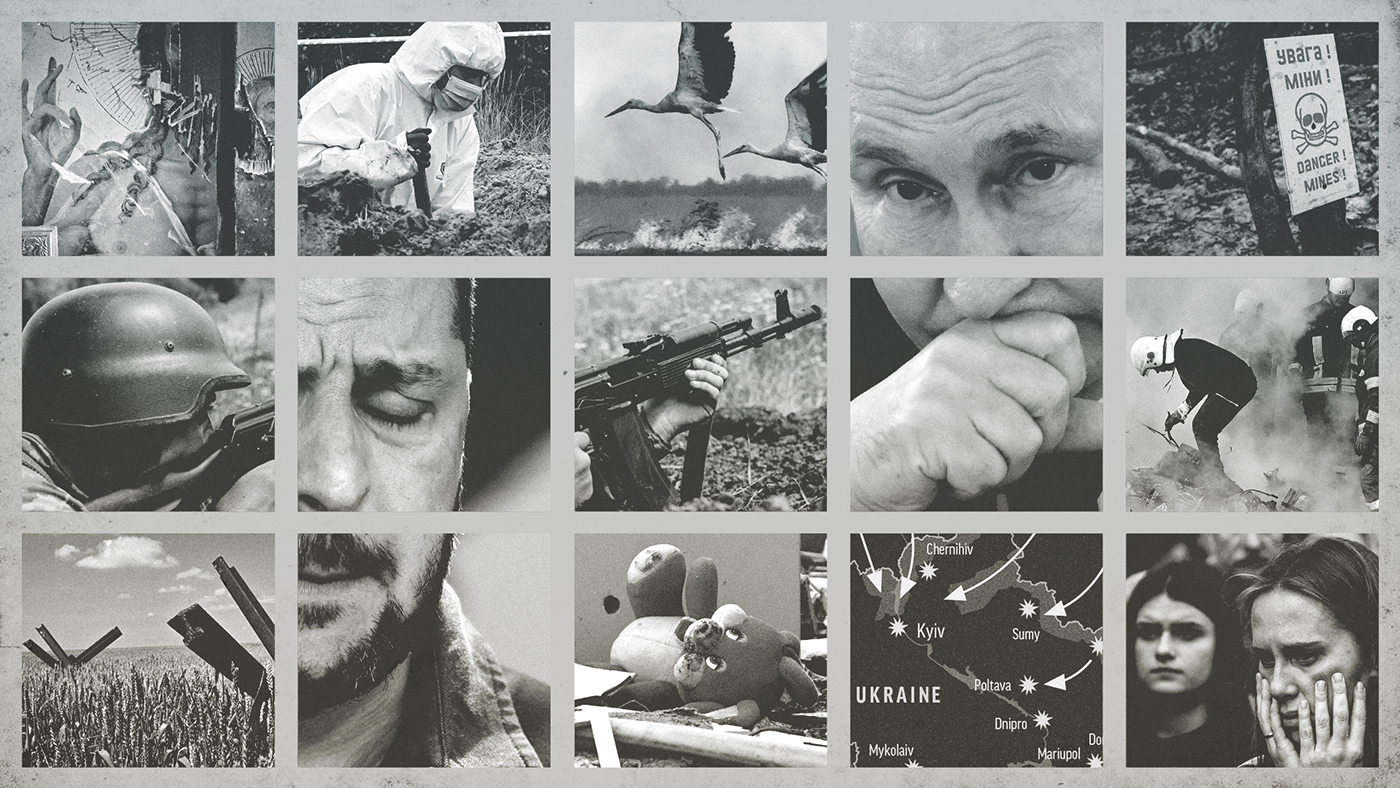
Ukraine’s Western allies have increased their shipments of offensive and defensive weapons ahead of an anticipated winter assault by Russian forces. Britain has resupplied Kyiv with long-range Storm Shadow missiles, which allow Ukraine to strike targets within Russia, while Germany has delivered more US-made Patriot air defence systems to help counter daily barrages.
The so-called Coalition of the Willing, a group of Ukraine’s allies led by France and the UK, have also agreed to mobilise significant resources to help Kyiv maintain its supply of electricity and central heating in big urban areas. The Russian army “continues to strike the country’s critical infrastructure, aiming to cripple its power grid and gas supplies just as the cold sets in”, said Sergey Maidukov in Al Jazeera.
Can Ukraine win the war?
“Despite the Trump administration’s efforts to mediate peace talks”, Russia has maintained a “relentless offensive that has continued unabated”, said The New York Times.
The Week
Escape your echo chamber. Get the facts behind the news, plus analysis from multiple perspectives.

Sign up for The Week's Free Newsletters
From our morning news briefing to a weekly Good News Newsletter, get the best of The Week delivered directly to your inbox.
From our morning news briefing to a weekly Good News Newsletter, get the best of The Week delivered directly to your inbox.
The US president claimed he would bring about an end to the war “within 24 hours”, but Russian attacks on Ukraine have more than doubled since Donald Trump took office in January, according to the BBC.
With talks between the US and Russia having stalled even as Ukraine battles to slow the advance of Russian forces further into its territory, the outcome of the war is increasingly likely to be decided by two key factors: the supply of soldiers and maintaining international support.
Ukraine’s “inherent weakness is that it depends on others for funding and arms”, said the BBC’s international editor, Jeremy Bowen. On the other hand, Russia “makes most of its own weapons” and is “buying drones from Iran and ammunition from North Korea” with no limitations on how they are used. It also enjoys an advantage in raw manpower, bolstered by yet another massive conscription drive last month. Vladimir Putin aims to have a bigger army than America’s, with 1.5 million active servicemen, “a sign of Russia’s relentless militarisation”, said Sky News’ Moscow correspondent Ivor Bennett.
Data from the Ukrainian military revealed that Russia has increased its production of ballistic missiles by 66% in the past year, and has ramped up the scale of its barrages consistently through the summer.
A free daily email with the biggest news stories of the day – and the best features from TheWeek.com
Its superiority in personnel and materials – along with the use of new “infiltration tactics”, reported by Deutsche Welle – has seen it make slow but steady progress on the battlefield, gradually expanding the amount of Ukrainian territory it controls over the past year.
Yet optimism in Moscow that the thinly stretched Ukrainian army was close to collapse has, for now at least, proven to be wide of the mark.
Having failed to breakthrough on the battlefield “or coerce Kyiv through ultimatums”, Putin has “shifted the war to Ukraine’s energy and logistics systems”, said Maidukov in Al Jazeera.
While this “looks like a replay of past winters”, where Russia “tried to freeze Ukraine into surrendering”, this year “the strategy has evolved”. “The aim is not merely to punish Ukraine but to also destabilise Europe” via the influx of refugees who would be forced to flee across the borders if Ukraine’s energy system collapsed during the winter months.
What does victory look like for each side?
Before Russia launched its invasion in February 2022, Putin outlined the objectives of what he called a “special military operation”. His goal, he claimed, was to “denazify” and “demilitarise” Ukraine, and to defend Donetsk and Luhansk, the two eastern Ukrainian territories occupied by Russian proxy forces since 2014.
Another objective, although never explicitly stated, was to topple the Ukrainian government and remove Zelenskyy. “The enemy has designated me as target number one; my family is target number two,” said Zelenskyy shortly after the invasion. Russian troops made two attempts to storm the presidential compound.
Russia shifted its objectives, however, about a month into the invasion, after Russian forces were forced to retreat from Kyiv and Chernihiv. According to the Kremlin, its main goal became the “liberation of the Donbas”, including the regions of Kherson and Zaporizhzhia – but Moscow has made little progress in achieving this aim.
Russia has since scaled back its objectives. The Kremlin’s “minimum requirement” appears to be “occupying the entirety of the Donbas region (comprising the provinces of Luhansk and Donetsk)”, said The Economist. It also wants to regain “control of Russia’s own Kursk region, which Ukraine has partly occupied”, and hold on to “the ‘land bridge’ it seized in the early stages of the war connecting Crimea to Russia”.
The Russian leader has repeatedly reiterated that the root causes of the conflict must first be eliminated before any ceasefire agreement. This is the language Putin “often uses as code to mean the removal” of Zelenskyy “and the installation of a Russian proxy government, as well as the incorporation of five illegally annexed Ukrainian regions into Russia”, said Sky News.
As it stands, there is “no reason” to believe Putin wants long-term peace, said Sky News military analyst Michael Clarke, because “that’s not good for his rule”.
Ukraine’s main objective remains the liberation of its occupied territories. That includes not just those held by Russia since the February 2022 invasion, but a return to its internationally recognised borders, including Crimea. Recently, however, Zelenskyy appears to have softened this red line, suggesting he might be open to freezing the war along the current frontlines, formalising Russian control over the territory it occupies in exchange for an end to fighting and security guarantees from the West.
How many Russian and Ukrainian troops have died in the conflict?
True casualty figures are “notoriously difficult to pin down”, said Newsweek, and “experts caution that both sides likely inflate the other’s reported losses”.
More than 46,000 Ukrainian soldiers had been killed and 380,000 injured on the battlefield, Zelenskyy said in an interview with NBC in February, with “tens of thousands” missing or in Russian captivity. However, casualty data from open sources suggests the true death toll could be as high as 80,000.
Moscow has fared far worse. Figures released in the summer by the Centre for Strategic and International Studies think tank put Russian military deaths at up to 250,000 and total casualties, including the wounded, at over 950,000. In June, Russia’s wartime toll reached a “historic milestone”, said The Guardian, with more than a million troops killed or injured since the start of the invasion, according to the UK Ministry of Defence.
On 4 November, Ukrainian national news agency Ukrinform cited a Facebook post by the General Staff of the Ukrainian Armed Forces that claimed Russia had suffered “approximately” 1,145,670 casualties since the start of the war, with 840 soldiers killed or wounded in the past 24 hours. Civilian casualties were 31% higher from January to September 2025 compared to the same period last year, according to the UN Human Rights Monitoring Mission for the country’s monthly report.
While Moscow has remained tight-lipped about how many of its soldiers have been killed or wounded, the recently concluded summer offensive “has come at an enormous cost” but “achieved no major objectives”, said The Economist.
-
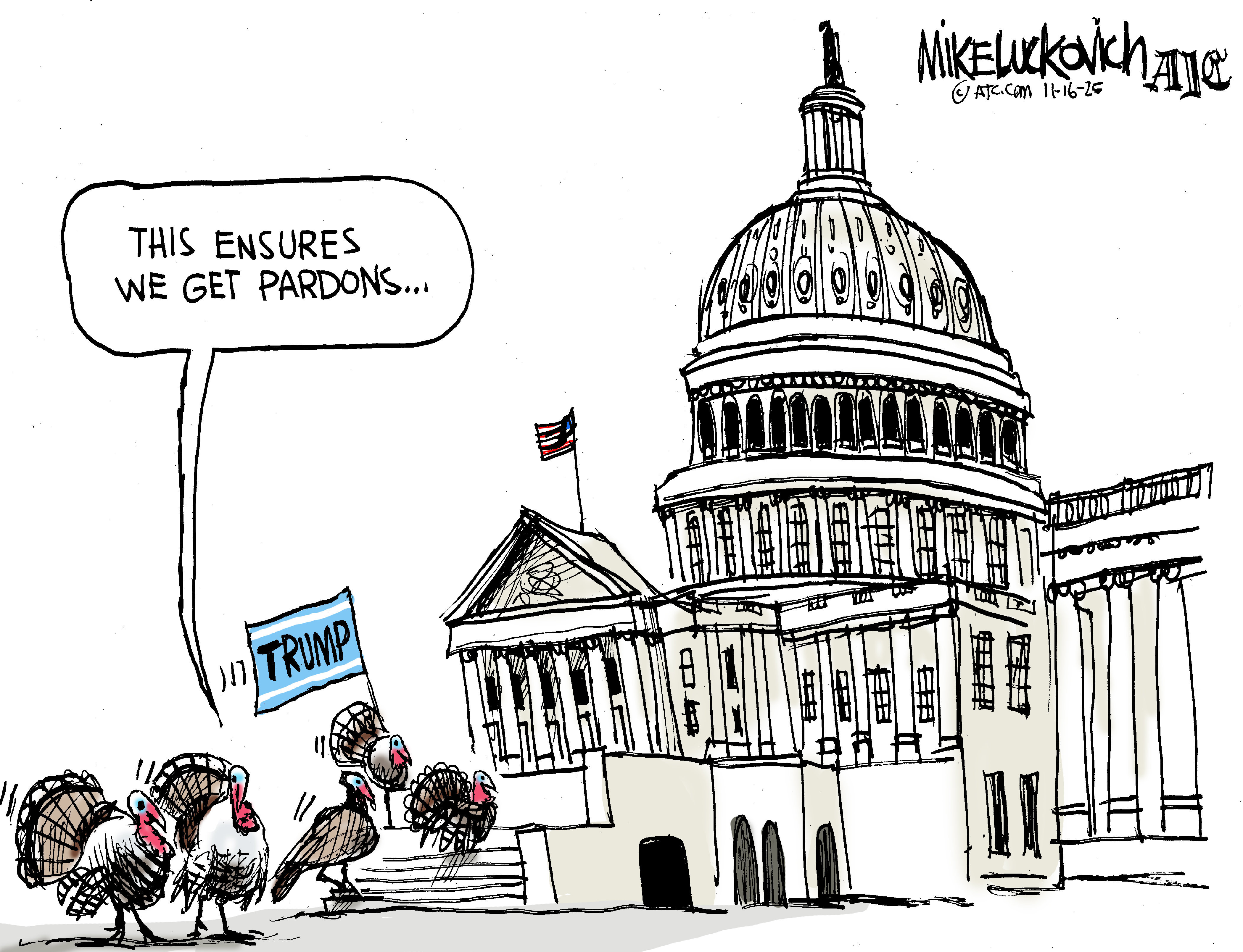 Political cartoons for November 16
Political cartoons for November 16Cartoons Sunday's political cartoons include presidential pardons, the Lincoln penny, and more
-
 The vast horizons of the Puna de Atacama
The vast horizons of the Puna de AtacamaThe Week Recommends The ‘dramatic and surreal’ landscape features volcanoes, fumaroles and salt flats
-
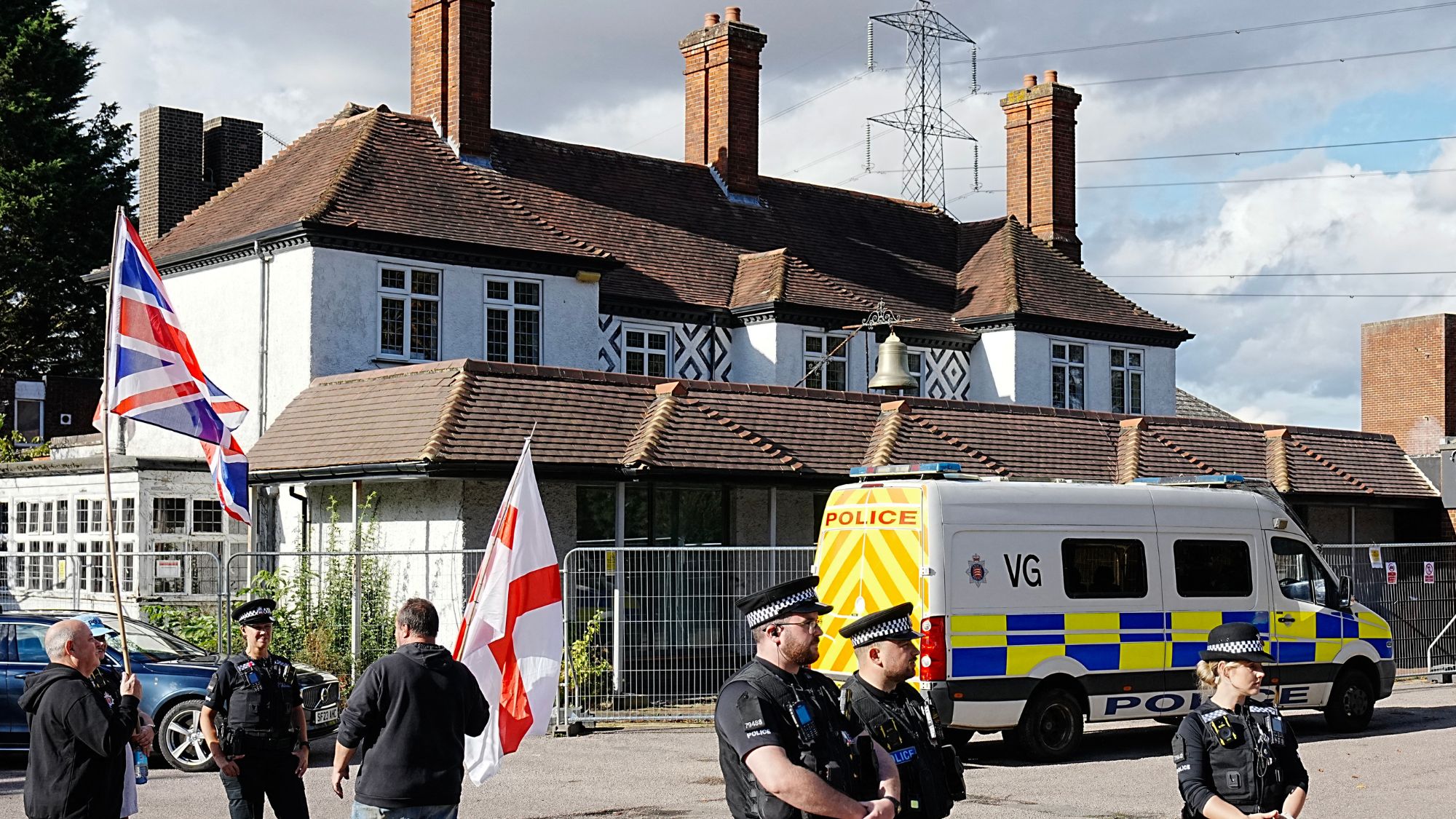 Asylum hotels: everything you need to know
Asylum hotels: everything you need to knowThe Explainer Using hotels to house asylum seekers has proved extremely unpopular. Why, and what can the government do about it?
-
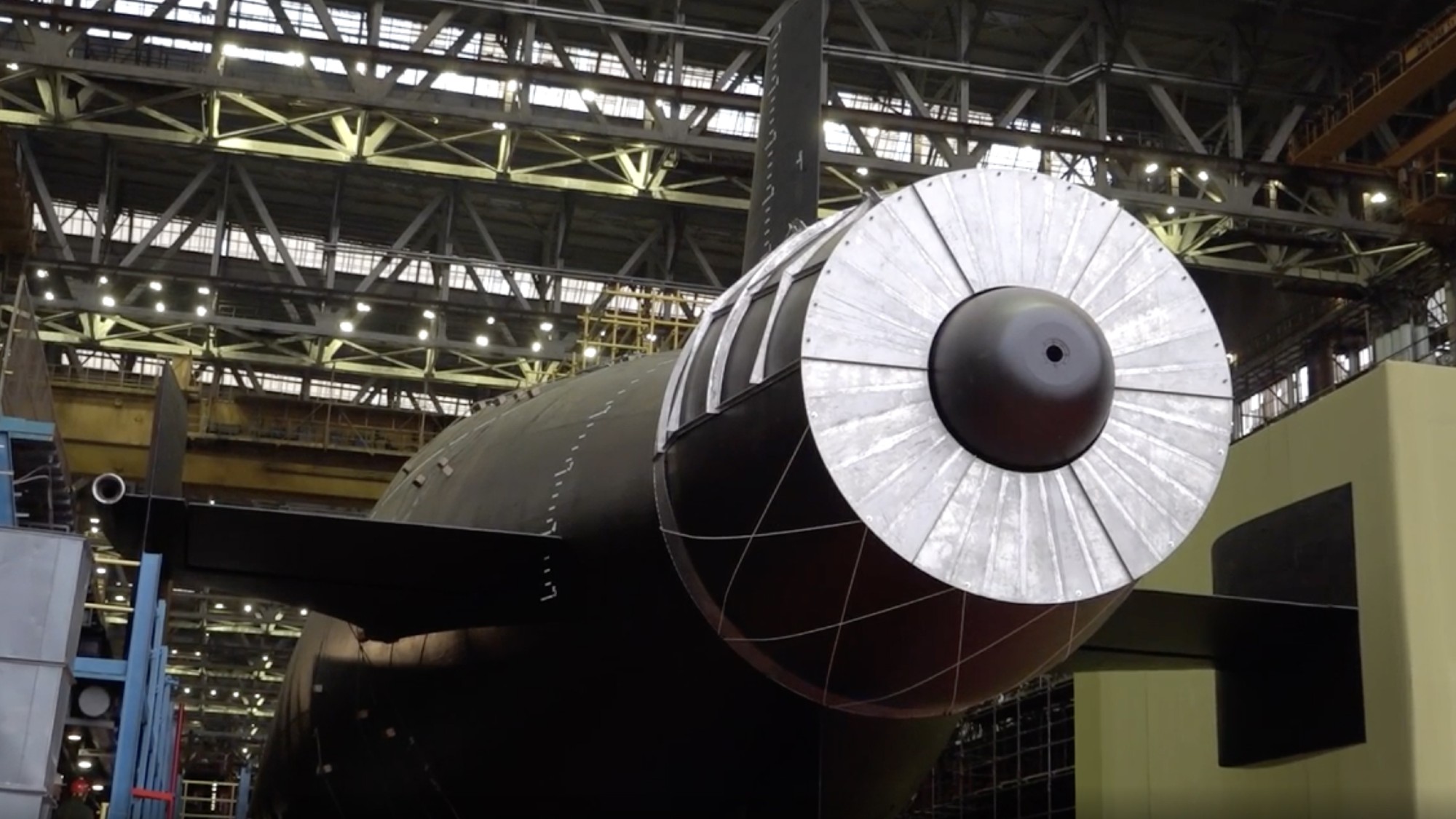 Vladimir Putin’s ‘nuclear tsunami’ missile
Vladimir Putin’s ‘nuclear tsunami’ missileThe Explainer Russian president has boasted that there is no way to intercept the new weapon
-
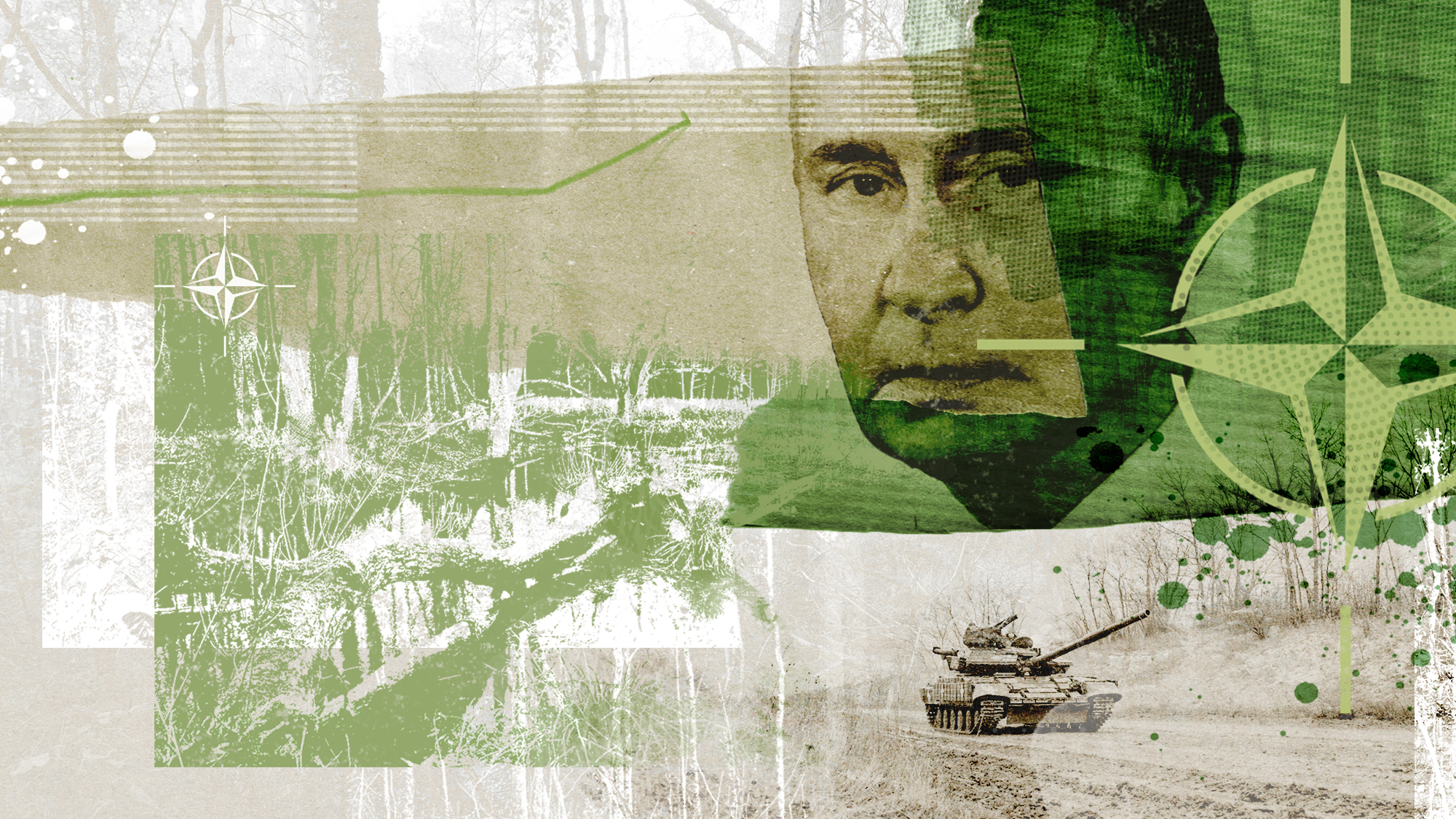 The Baltic ‘bog belt’ plan to protect Europe from Russia
The Baltic ‘bog belt’ plan to protect Europe from RussiaUnder the Radar Reviving lost wetland on Nato’s eastern flank would fuse ‘two European priorities that increasingly compete for attention and funding: defence and climate’
-
 How should Nato respond to Putin’s incursions?
How should Nato respond to Putin’s incursions?Today’s big question Russia has breached Nato airspace regularly this month, and nations are primed to respond
-
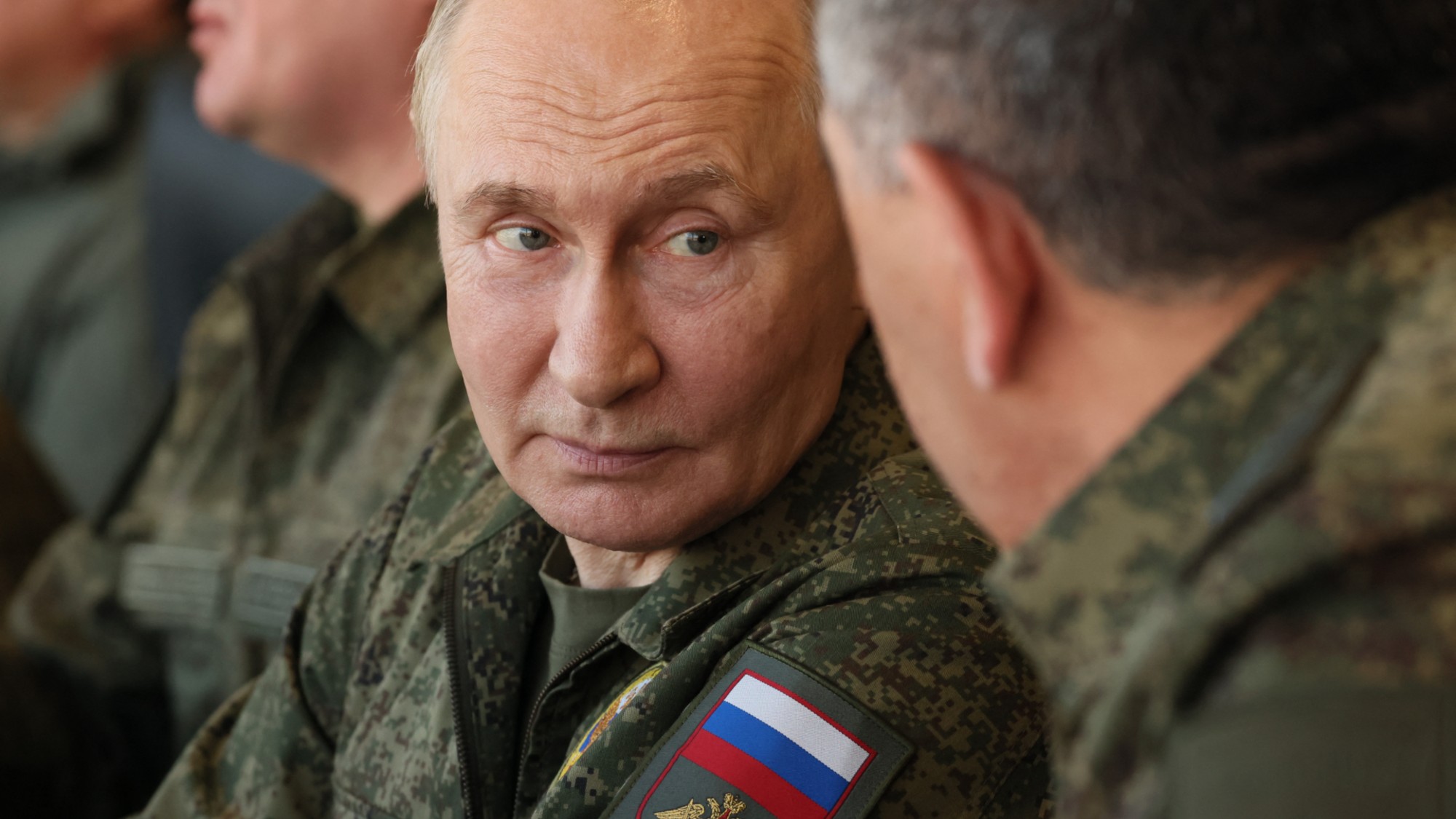 Russia’s war games and the threat to Nato
Russia’s war games and the threat to NatoIn depth Incursion into Poland and Zapad 2025 exercises seen as a test for Europe
-
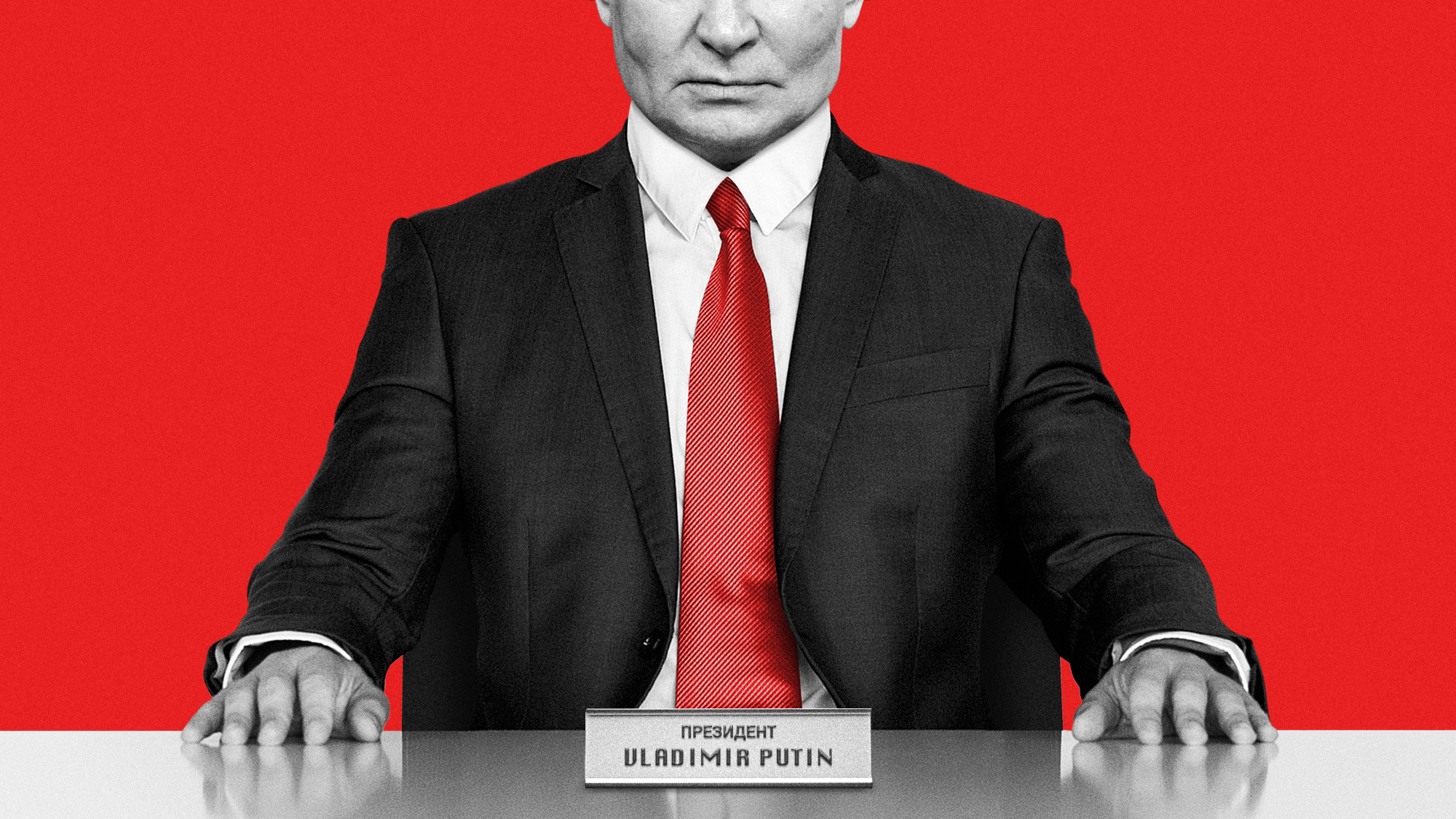 What will bring Vladimir Putin to the negotiating table?
What will bring Vladimir Putin to the negotiating table?Today’s Big Question With diplomatic efforts stalling, the US and EU turn again to sanctions as Russian drone strikes on Poland risk dramatically escalating conflict
-
 The mission to demine Ukraine
The mission to demine UkraineThe Explainer An estimated quarter of the nation – an area the size of England – is contaminated with landmines and unexploded shells from the war
-
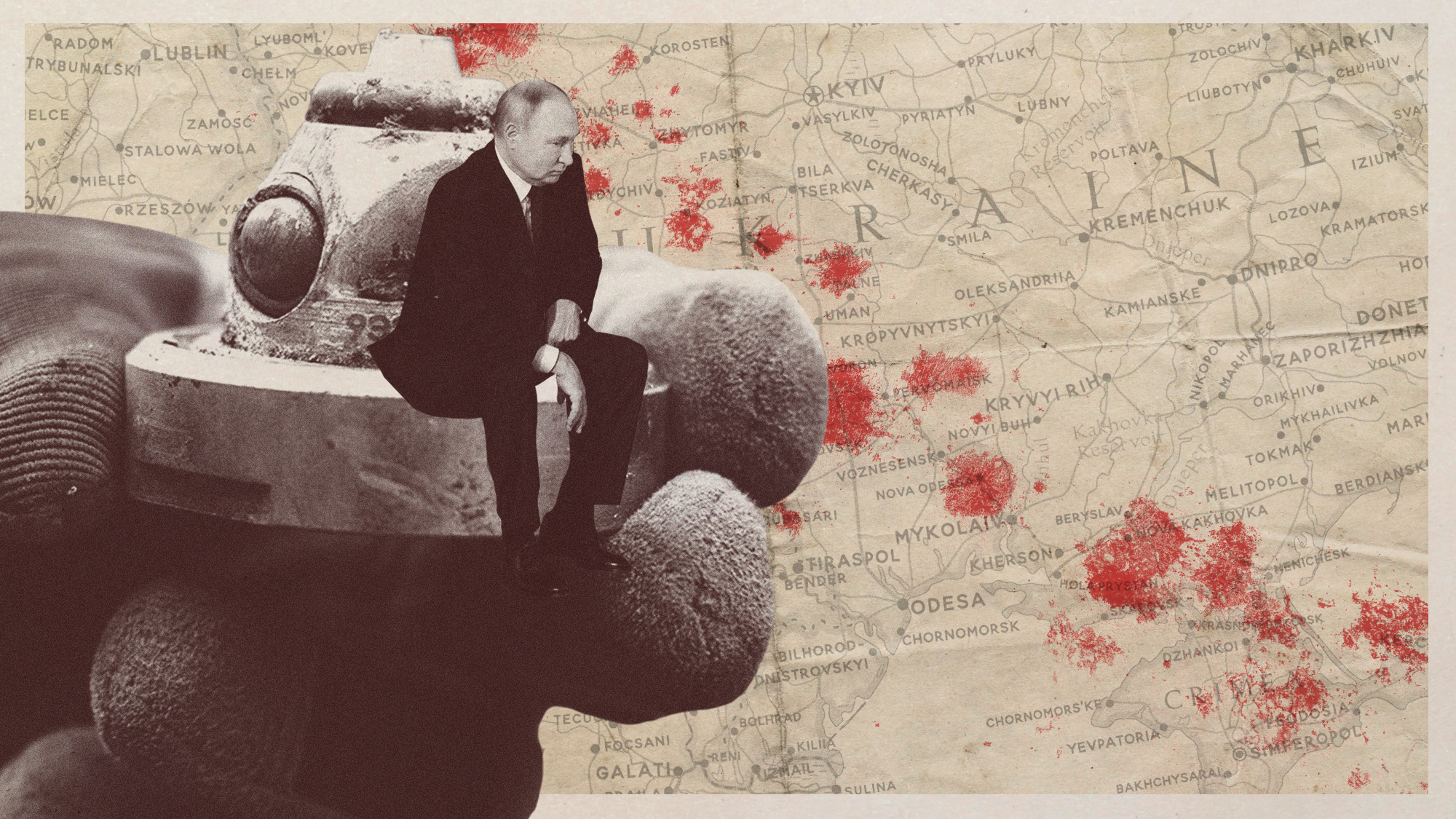 Ottawa Treaty: why are Russia's neighbours leaving anti-landmine agreement?
Ottawa Treaty: why are Russia's neighbours leaving anti-landmine agreement?Today's Big Question Ukraine to follow Poland, Finland, Lithuania, Latvia and Estonia as Nato looks to build a new ‘Iron Curtain' of millions of landmines
-
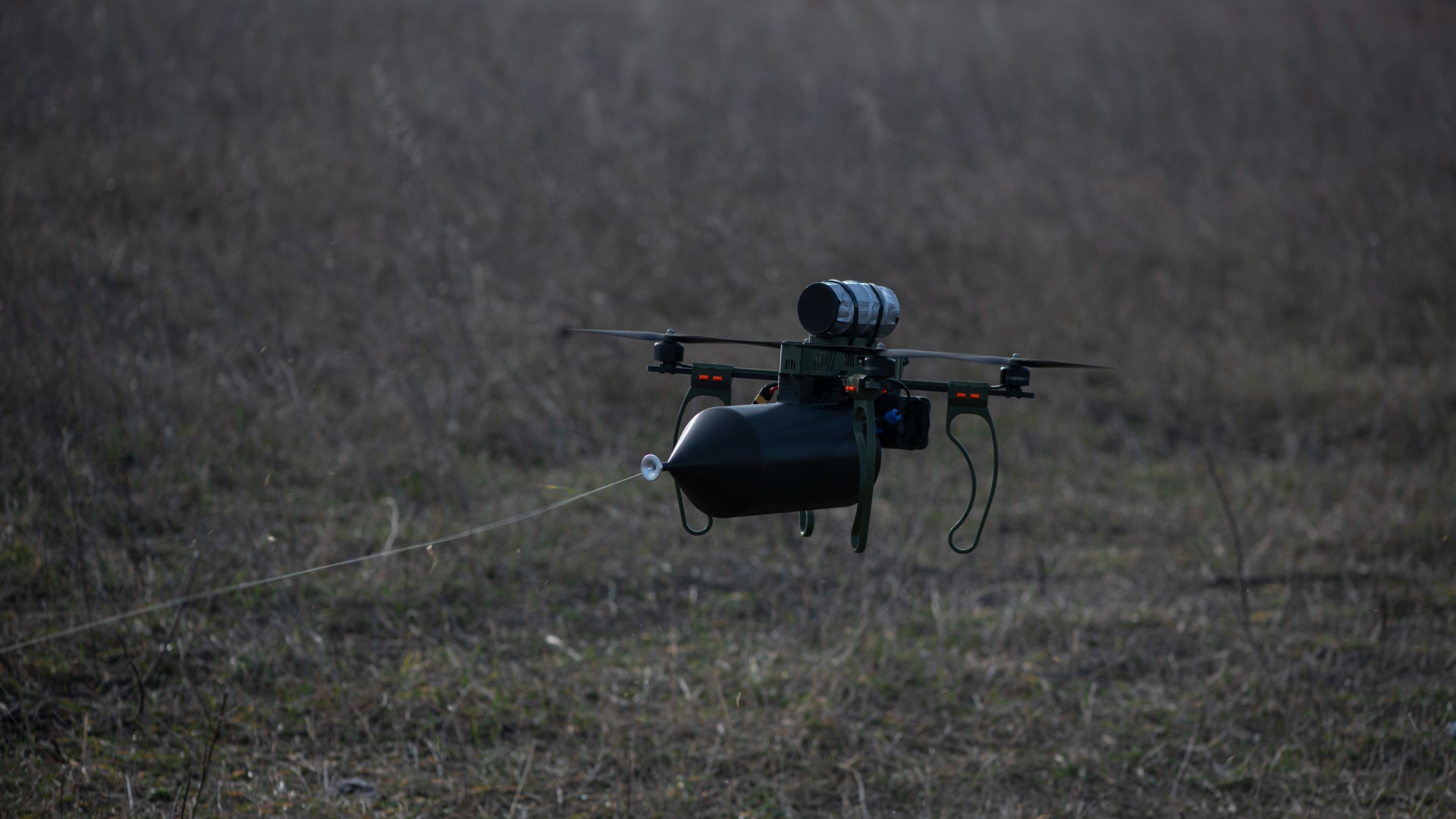 How drone warfare works
How drone warfare worksThe Explainer From Ukraine to Iran, it has become clear that unmanned aircraft are rapidly revolutionising modern warfare